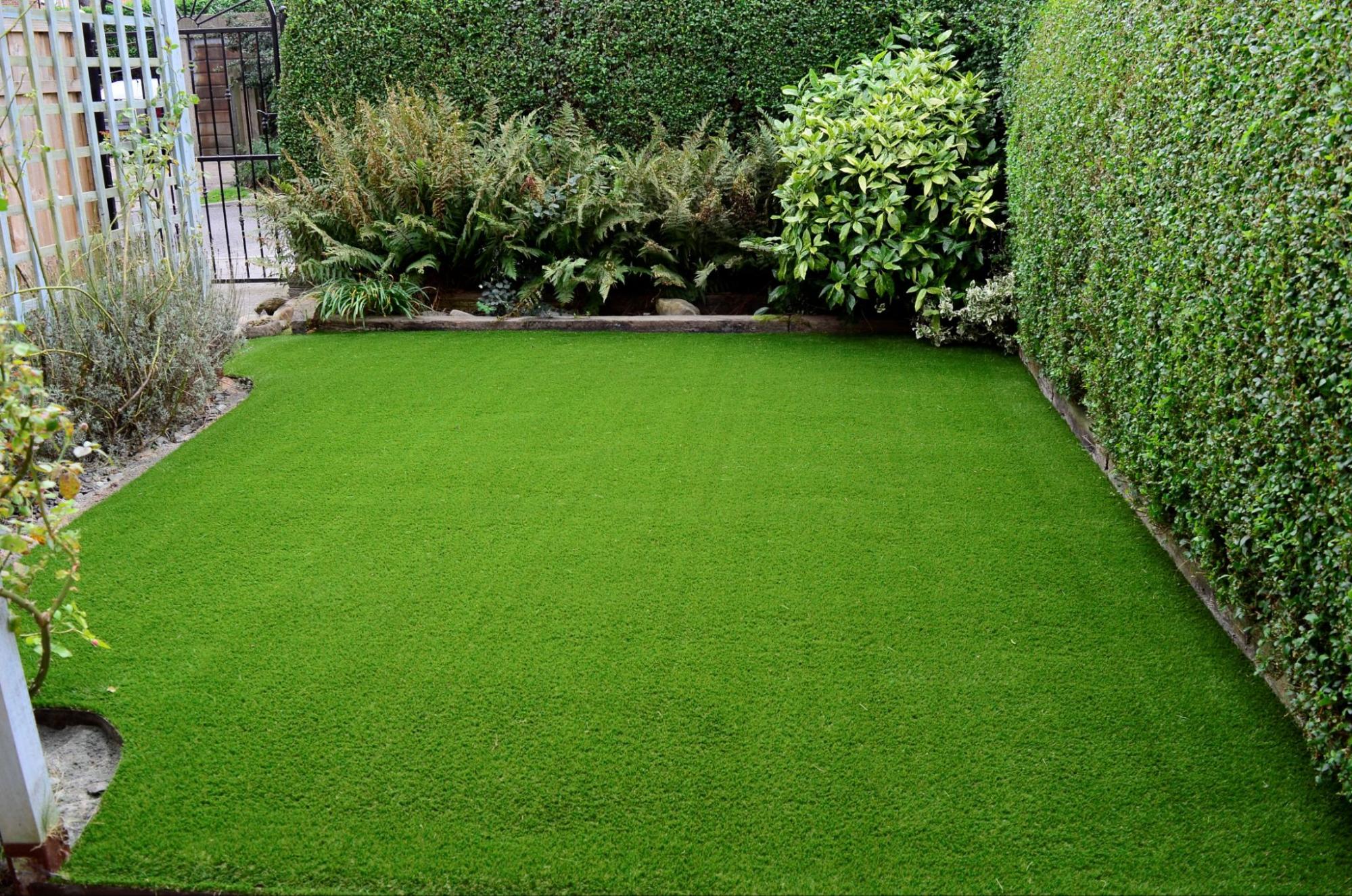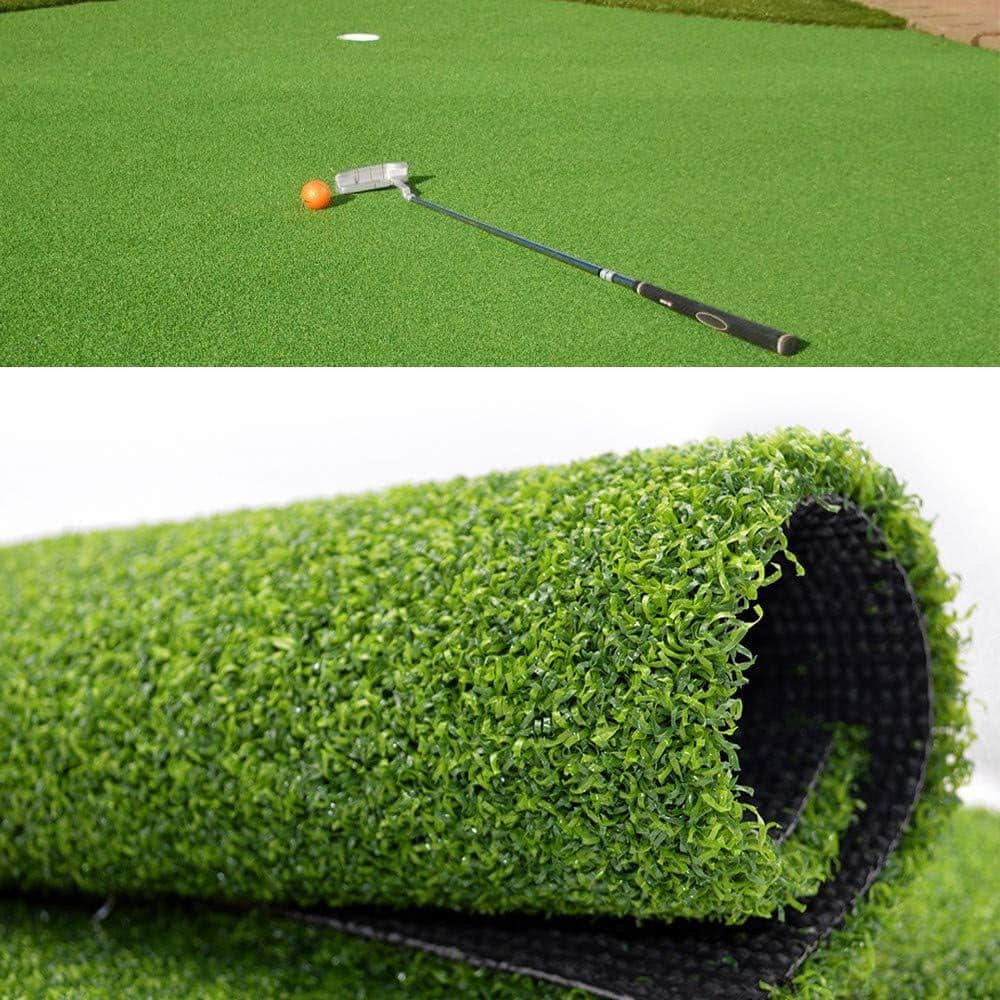Explore the Environmental Benefits of Opting for Synthetic Grass Solutions
The adoption of synthetic grass services offers an engaging chance to deal with pressing ecological obstacles. By considerably minimizing water usage and lessening the application of hazardous chemicals, these choices not just advertise lasting landscape design but additionally shield neighborhood environments.
Water Preservation Benefits
Among one of the most substantial advantages of synthetic grass is its capacity to preserve water. Standard grass yards call for significant irrigation, specifically in areas vulnerable to drought or water restrictions. In comparison, fabricated grass does not need watering, substantially minimizing the overall demand for water sources. This function is especially useful in dry areas where water shortage is a pressing problem.
By getting rid of the need for normal watering, synthetic grass adds to lasting landscape techniques and assists minimize the ecological impact of extreme water intake. The preservation of water prolongs to the decrease of runoff, which can lead to dirt erosion and waterway contamination.
Furthermore, the setup of synthetic grass permits municipalities and homeowners to assign water resources more successfully, concentrating on vital usages such as drinking water and farming. The change in the direction of synthetic grass not just advertises responsible water usage but additionally aligns with more comprehensive environmental goals targeted at maintaining natural deposits.
As neighborhoods significantly focus on sustainability, the water preservation benefits of synthetic grass provide a compelling situation for its adoption in property and industrial landscaping tasks.
Minimized Chemical Usage
The change to synthetic grass considerably reduces the reliance on chemical treatments generally used in natural turf upkeep. Typical turf administration commonly involves the application of fertilizers, herbicides, and chemicals to promote growth and control bugs. These chemicals can pose risks to human health and wellness, regional wild animals, and the environment, adding to soil and water contamination.
In contrast, synthetic turf eliminates the requirement for these harmful substances. As soon as mounted, it calls for marginal upkeep, largely including regular cleaning and seldom infill replenishment. This decrease in chemical usage not just profits the instant atmosphere but likewise adds to more comprehensive eco-friendly security. By reducing the launch of artificial compounds into the environment, man-made grass promotes much healthier dirt and water systems.
Moreover, the lack of chemical runoff connected with artificial turf installations helps secure regional rivers from pollution, sustaining aquatic life and keeping biodiversity. Arizona artificial turf. As neighborhoods increasingly focus on lasting practices, deciding for man-made grass provides a viable service that aligns with ecological preservation objectives. With this change, homeowner can appreciate lavish environment-friendly rooms without jeopardizing environmental health and wellness, leading the means for a much more sustainable future
Lower Carbon Footprint

Moreover, the installation of synthetic grass can result in substantial water conservation. All-natural lawns require considerable quantities of water for irrigation, which not just includes in the carbon impact linked with water extraction and therapy but also pressures local water resources. In contrast, man-made grass requires minimal upkeep, needing no watering, thus substantially minimizing water use and its connected power costs.
In addition, the longevity of man-made grass adds to its decreased carbon impact. With a lifespan of approximately 15 years or more, the requirement for regular substitutes is lessened, leading to less waste and reduced power intake in manufacturing and throwing away standard turf options. In general, synthetic grass provides a lasting choice for eco mindful landscaping.
Environment Conservation
Environment preservation is an important consideration in the discussion over landscape design choices, specifically when contrasting artificial lawn to all-natural grass. Natural lawn lawns often need extensive upkeep, including using herbicides, fertilizers, and chemicals, which can detrimentally affect local ecological communities. These chemicals can seep into the dirt and waterways, harming indigenous flora and animals and disrupting local environments.
Fabricated lawn eliminates the requirement for unsafe chemicals, consequently protecting close-by wild animals and keeping the honesty of bordering environments. The setup of man-made grass can lead to the conversion of previous grass areas into more biodiverse landscapes, such as pollinator gardens or native plant areas, which can support local wildlife.
Inevitably, the change to synthetic grass not only preserves water and lowers upkeep efforts however additionally fosters a more harmonious partnership in between human activities and the natural setting, advertising habitat preservation at the same time.
Long-Term Sustainability
Lasting sustainability is an important consider assessing the advantages of synthetic grass over typical lawn yards. One of one of the most significant benefits of synthetic grass is its sturdiness; it can last up to 15-20 years with minimal upkeep, whereas all-natural grass needs constant reseeding and replacement. This Your Domain Name long life decreases the requirement for consistent sources, such as water, plant foods, and pesticides, which are essential for maintaining a healthy yard lawn.
Additionally, synthetic lawn adds to a decrease in carbon emissions related to lawn care tools. Conventional grass commonly need gas-powered mowers, leaners, and blowers, every one of which contribute to air contamination. Turf installation phoenix az. In contrast, man-made turf removes the demand for such equipment, advertising a cleaner setting
In addition, the production of fabricated lawn increasingly uses recycled products, boosting its sustainability profile. As suppliers adopt eco-friendly methods, the ecological footprint of synthetic grass continues to reduce.

Conclusion
The fostering of fabricated lawn options provides substantial ecological benefits, including substantial water conservation, minimized reliance on dangerous chemicals, and a reduced carbon impact. In addition, synthetic grass help in preserving all-natural environments by reducing land disruption and promoting lasting sustainability through making use of long lasting materials. Collectively, these variables emphasize the potential of artificial turf to contribute positively to ecological health and wellness and use a practical choice to conventional landscaping methods in an increasingly resource-conscious world.
In contrast, artificial turf does not need watering, significantly reducing the overall need for water sources. By lessening the release of artificial substances right into the ecological community, man-made turf promotes much healthier dirt and water systems.
Furthermore, the installation of fabricated grass can result in considerable water preservation. In read what he said contrast, synthetic turf requires very little upkeep, needing no watering, thereby considerably decreasing water use and its connected power prices.
